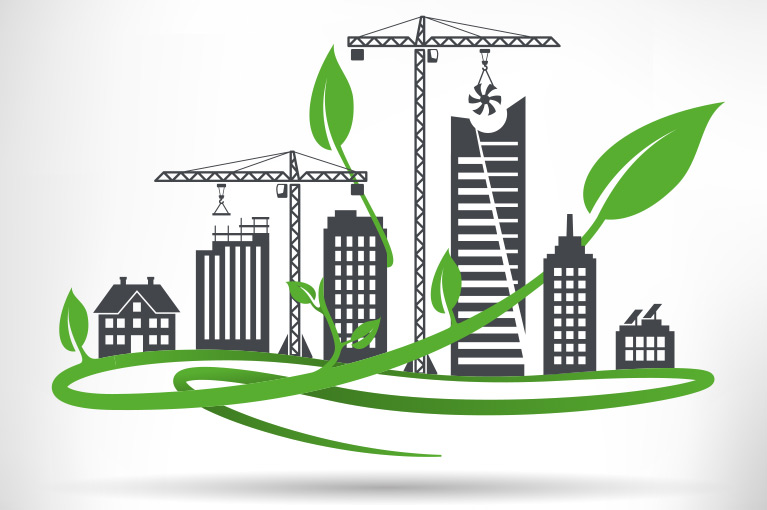Sustainable Construction: Building a Greener Future
Introduction
Sustainable construction methods play a vital role in creating a greener and more environmentally friendly future. These methods focus on reducing the negative impact of construction activities on the environment, while also ensuring the long-term durability and energy efficiency of buildings. By adopting sustainable practices, we can minimize waste, conserve resources, and reduce carbon emissions.
The Importance of Sustainable Construction
Sustainable construction methods are crucial for several reasons. Firstly, they help preserve natural resources by using renewable materials and energy-efficient technologies. Secondly, sustainable buildings offer improved indoor air quality and occupant comfort. Additionally, they contribute to reducing greenhouse gas emissions, combatting climate change, and promoting a healthier living environment.
Key Sustainable Construction Techniques
1. Green Building Materials
Using eco-friendly materials such as bamboo, recycled steel, and reclaimed wood helps reduce the environmental impact of construction. These materials are often sourced sustainably, minimizing deforestation and depletion of natural resources.
2. Energy Efficiency
Implementing energy-efficient systems and technologies, such as solar panels, LED lighting, and insulation, greatly reduces energy consumption. This not only lowers utility bills but also decreases reliance on non-renewable energy sources.
3. Water Conservation
Water-efficient fixtures, rainwater harvesting systems, and smart irrigation techniques can significantly reduce water consumption in buildings. Conserving water helps preserve this valuable resource and lowers water bills for occupants.
The Benefits of Sustainable Construction
Sustainable construction methods offer numerous benefits. They not only reduce the environmental impact of buildings but also provide economic advantages. Energy-efficient buildings have lower operating costs and higher resale values. Moreover, sustainable construction practices promote social well-being by creating healthier and more comfortable living and working environments.
Conclusion
Sustainable construction methods are vital for building a greener and more sustainable future. By adopting eco-friendly materials, energy-efficient systems, and water conservation techniques, we can minimize the negative impact of construction activities on the environment. These practices offer numerous benefits, including reduced energy consumption, lower operating costs, and improved occupant well-being. It is crucial for the construction industry to prioritize sustainability and work towards creating a more sustainable built environment.
